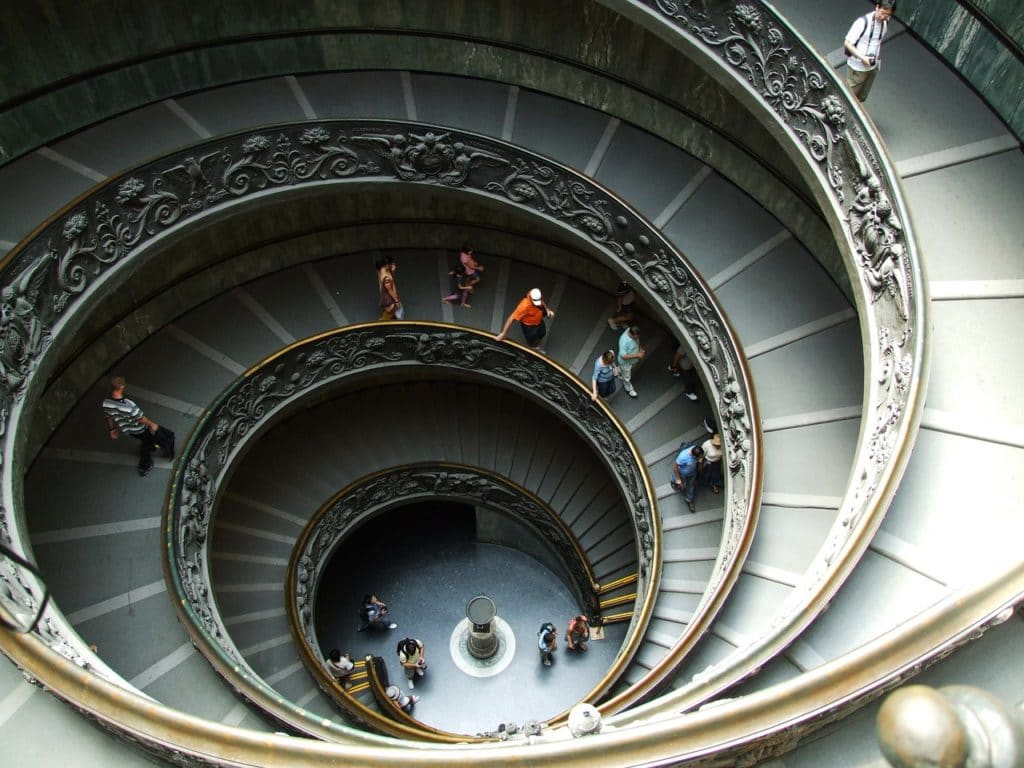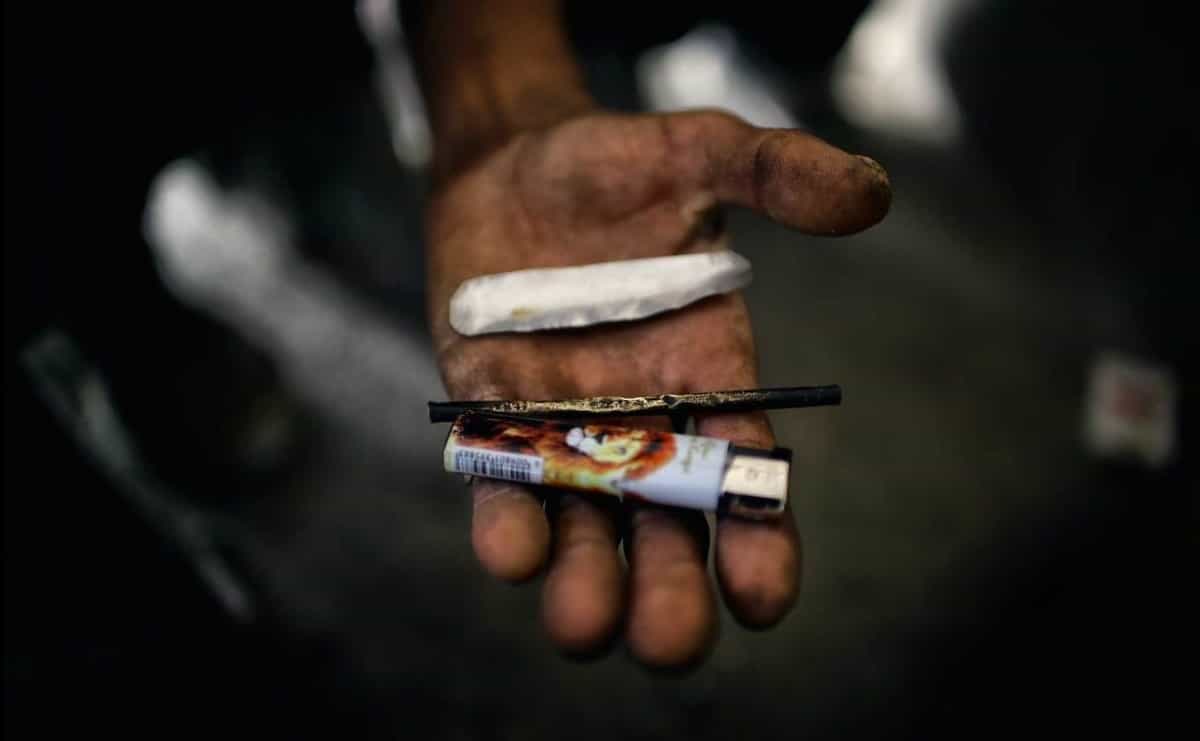Few individuals have had as profound an impact on the field of psychedelic studies as Robert Gordon Wasson, the banker-turned-ethnomycologist who brought “magic mushrooms” to the world through a landmark article in Life magazine that documented his time with curandera Maria Sabina and the Mazatec tribe in Mexico. Wasson would not only bring previously obscure psychedelic mushrooms such as Psilocybe cubensis and Amanita muscaria onto the world stage, but also go on to publish hugely influential books and research on a variety of psychedelic substances and their historical uses around the world.
While Wasson is surely one of the pillars of modern psychedelic history, he may have held a shocking secret that casts doubt on some of his academic conclusions. New revelations in the book The Psychedelic Gospels: The Secret History of Hallucinogens in Christianity by Jerry and Julie Brown suggest that Wasson may have had hidden ties to the Vatican that influenced his stance on the psychedelic history of Christianity. In our final interview with Jerry Brown, Ph.D., we discuss what this secret was, and how important it is to have a balanced and diverse discourse on psychedelic history so that dogma can give way to evidence, allowing deeper truths to emerge.
Thank you for speaking with us, Dr. Brown. R. Gordon Wasson plays a prominent role in your book because because of his massive legacy and how it intersects with your own research. In your book, you reveal some fascinating insights about Wasson and his hidden connections with the church. Are you suggesting that in a way, Wasson was involved in the Catholic Church’s post-Inquisition conspiracy to hide any association with psychedelics?
Well, I don’t link him to the Inquisition, obviously. Julie and I have immense admiration for Gordon Wasson, a man who started out as a journalist, went into financial reporting, then went over to J.P. Morgan and developed the field of international banking public relations, then became an amateur mycologist and eventually the father of ethnomycology. His poetic prose gave this field wings and took it beyond the field itself. He was excellent at promoting his ideas, many of which were breakthroughs. I’ll name a few.

Wasson receiving psilocybin mushrooms (the “little saints”) from Mazatec shaman Maria Sabina, Oaxaca, Mexico, 1955. Photo courtesy of the Tina & R. Gordon Wasson Mycological Collection Archives
He identified the legendary “Soma” of the Rig Veda as the Amanita muscaria mushroom. He brought attention to the ancient use of Amanita muscaria by 30 different Siberian reindeer herding tribes, people called the fathers of shamanism who still practice this today. He worked with the brilliant Greek classical scholar Carl Ruck and discoverer of LSD Albert Hoffman to unveil the secrets of the Eleusinian Mysteries: that the “Kykeon” brew may have contained an LSD-like substance called Claviceps purpurea, a small fungal growth that occurred on the plains around Demeter in Greece. And he gave us this landmark study of Maria Sabina and her life, documenting her voice in a recording that is available today with liner notes from the Smithsonian Institute.
So these ideas, and the papers that he wrote, were major academic breakthroughs. However, in his book Soma: The Divine Mushroom of Immortality (published just before his nemesis John Marco Allegro published The Sacred Mushroom and the Cross) he also argued that evidence of entheogens in Christianity ended 1,000 years before Christ. As the preeminent scholar in his field, his word was taken as gospel, and it either squashed or discouraged decades of research into this area. Until Julie and I made our discoveries, I had also accepted it as being the gospel.
A major motivation for our book was to try and answer this question: why did Gordon Wasson, who was a wealthy, indefatigable researcher who had traveled the four corners of the earth, not pursue his theory into the hallowed halls of Christianity? Why did he argue that the huge mushroom depicted in the Plaincourault fresco of the temptation scene in the Garden of Eden was not a mushroom? Wasson saw this, and he argued that this was not an Amanita muscaria mushroom- but if you look at how meticulously the artists have drawn the white dots on the cap, it clearly is a mushroom.

Temptation in the Garden of Eden, Fresco from Plaincourault Chapel, France, circa 1291. Photo by Julie M. Brown.
So this was a puzzle. We finally discovered the nature of Wasson’s relationship to the Vatican, and literally to the pope… and this is not speculation on our part. I’ll leave the full revelation to readers because it is a big reveal in our book, but it was documented in a wonderful book called The Sacred Mushroom Seeker by Thomas Riedlinger. Riedlinger found it really curious that such a conservative firm as J.P. Morgan would allow one of its presidents to explore magic mushrooms in Mexico, and he interviewed and quoted several retired vice presidents from J.P. Morgan. They revealed that ‘Oh, by the way, Wasson was our emissary. We managed the Vatican’s accounts and Wasson was our emissary to them.’ So that starts to fill in the puzzle. After discovering this, we felt that Wasson was disingenuous because we have been to the Wasson archives in Harvard; we have read everything we can get our hands on, everything he has ever written (which is voluminous) and he never mentions his relationship with the Vatican. It’s as if a major climate denier who is well known in the press and the media is hiding the fact that he is on the Exxon-Mobil payroll. So this opened up a lot, and helped us understand how there were financial interests affecting why Wasson would not go [public] in that particular direction.
That is fascinating. I guess it is one thing to uncover psychedelic mushroom use in remote tribes and ancient cultures, but a whole other thing entirely to do that with the Catholic Church, especially when they are one of the most powerful institutions on Earth and you have direct personal and financial ties with them. Now that these revelations are out and Wasson is no longer around, how do you see the academic discussion of this subject moving forward?
Given the controversial nature of this subject, I’d like to see something like an Interdisciplinary Committee on Psychedelic Gospels formed that includes academics but also encourages lay researchers. Julie and I visited 12 sites on our travels, but I’ve had over 200 people say that they would like to look around for evidence too, and so every month we award a Psychedelic Detective Award that includes a signed copy of the book. I think we need to reinterpret what’s really going on in the Garden of Eden if we take out the later imposition of the ideas of “the fall” and original sin. My hopes for an interdisciplinary committee are somewhat like the other efforts to have academia adopt psychedelic studies and put them into their curriculum and courses. But having taught for over 40 years, that’s going to be a long, long haul. The real work being done now is what you’re doing with your site- through online magazines and webinars, that’s how the word is getting out. By the time you get through committees and curriculum and this and that, you might be past the psychedelic renaissance and into the entheogenic reformation by that point. *laughs*











